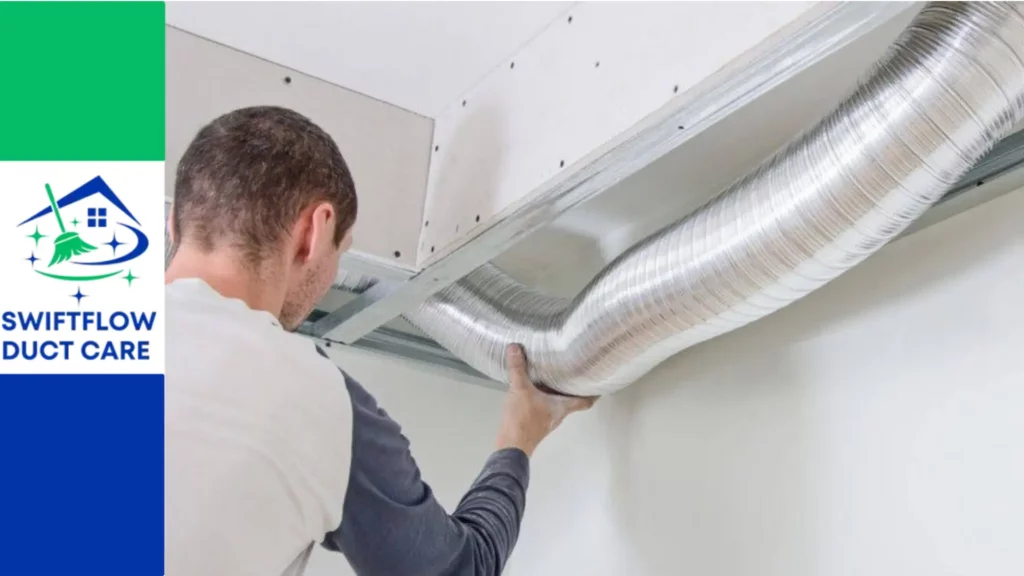Replacing air ducts is a crucial step in enhancing HVAC efficiency and ensuring consistent indoor comfort. However, choosing the right ducts for an air duct replacement project requires careful consideration of several factors. The type, size, and material of the ducts play a significant role in the system’s performance, energy efficiency, and durability.
Material Choices and Their Impact
The material of the ducts is a primary consideration when planning a replacement. Common options include flexible, sheet metal, and fiberglass-lined ducts. Flexible ducts are lightweight and easy to install but may not be as durable in high-stress environments. Sheet metal ducts are sturdy and long-lasting, offering excellent airflow with minimal resistance. Fiberglass-lined ducts provide insulation, reducing energy loss but require regular maintenance to prevent debris accumulation. Selecting the material that aligns with your home’s specific needs is essential for long-term performance.
Sizing for Optimal Performance
Duct sizing is critical to ensuring the HVAC system operates efficiently. Undersized ducts restrict airflow, causing the system to work harder and leading to uneven heating or cooling. Oversized ducts, on the other hand, may fail to maintain adequate air pressure, reducing efficiency. A professional assessment is vital to determine the proper duct size for your home, accounting for factors like square footage, system capacity, and airflow requirements.
Insulation for Energy Efficiency
Insulated ducts play a key role in maintaining energy efficiency, especially in areas with extreme temperatures. Proper insulation minimizes heat loss or gain as air travels through the ducts, reducing the workload on the HVAC system. High-quality insulation is particularly important for ducts running through unconditioned spaces like attics or basements. Ensuring that new ducts meet insulation standards can significantly lower energy bills while improving overall system performance.
Compatibility with the Existing System
When selecting ducts for air duct replacement, compatibility with the existing HVAC system is essential. The ducts must align with the system’s airflow capacity and pressure requirements to avoid strain on the equipment. Additionally, considering factors such as the layout of the home and the placement of vents and returns ensures that the replacement ducts integrate seamlessly with the system.
Choosing the right ducts for air duct replacement involves balancing material, size, insulation, and system compatibility. Each decision directly impacts the efficiency, durability, and performance of your HVAC system, making it vital to approach the process with care. By prioritizing these factors, homeowners can enjoy improved comfort, lower energy costs, and a system that meets their needs for years to come.
Learn more:
Environmental Impact of Air Duct Replacement: Flexible vs. Rigid Ducts
How Air Duct Replacement Impacts HVAC Efficiency

